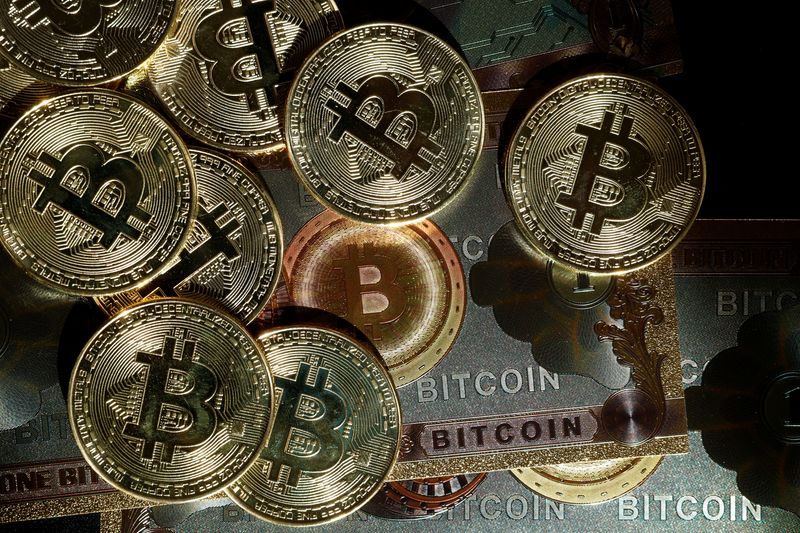Euro slumps, dollar index edges higher after PMI data
By Chuck Mikolajczak
NEW YORK (Reuters) -The euro dropped against the dollar on Monday as business activity reports for the euro zone economy disappointed, briefly extending declines after U.S. data showed activity there held steady, and ahead of a flurry of Federal Reserve speakers this week.
The soft euro zone data supported expectations for more interest rate cuts by the European Central Bank this year, with markets currently pricing in a roughly 77% chance for a cut of at least 25 basis points (bps) at the central bank's October meeting.
A survey compiled by S&P Global showed euro zone business activity sharply contracted this month as the bloc's dominant services industry flat-lined, while a downturn in manufacturing accelerated.
The contractions appeared broad-based, with Germany's decline deepening, while France returned to contraction following August's boost from the Olympic Games.
In contrast, U.S. business activity was steady in September, but average prices charged for goods and services rose at the fastest pace in six months, possibly pointing to an acceleration in inflation in coming months.
The data comes after the Federal Reserve cut rates by an outsized 50 basis point cut last week, which several officials commented on Monday that the move was intended to sustain an emerging and healthy balance in the economy.
S&P Global said its flash U.S. Composite PMI Output Index, which tracks the manufacturing and services sectors, was little changed at 54.4 this month compared to a final figure of 54.6 in August, with a reading above 50 signaling expansion.
The dollar index , which tracks its performance against a basket of currencies, including the yen and the euro, rose 0.05% to 100.83 after rising as high as 101.23 on the session. The euro was down 0.39% at $1.112 and on track for its biggest daily decline since Sept. 9.
"What we're largely looking at is interest rate expectations, most expect the Fed to lead and to be relatively more aggressive in terms of cutting interest rates, historically that's been a reasonable interpretation," said Michael Green, portfolio manager and chief strategist at Simplify Asset Management in New York.
"Anything that would cause the market to reprice closer to where the Fed is, is likely to provide at least some benefit to the US dollar."
The dollar fell for a third straight week last week, after the Fed's cut in rates, and multiple Fed officials are scheduled to speak this week including, Fed Chair Jerome Powell, as well as Governors Michelle Bowman, Lisa Cook and Adriana Kugler.
Sterling strengthened 0.2% to $1.3345 after climbing to $1.33595, the highest since March 3, 2022, after a similar survey showed British businesses reported a slowdown in growth this month, though it was less severe than the euro zone numbers.
The Bank of England kept rates unchanged last Thursday, with its governor saying the central bank had to be "careful not to cut too fast or by too much".
Against the Japanese yen, the dollar weakened 0.37% to 143.38 after a holiday in Japan. The greenback reached a two-week high at 144.50 yen last week after the Bank of Japan (BOJ) left interest rates unchanged and indicated it was in no hurry to hike them again.
For the yen, a ruling party vote later this week to choose a new prime minister makes the BOJ's job challenging in the coming months, with front-runners showing varying views on monetary policy. A snap election is regarded as likely in late October.
Policy announcements are expected from the Swiss National Bank, which is expected to cut by 25 bps, and Riksbank, also seen cutting by 25 bps, later in the week.
Source: Investing.com
